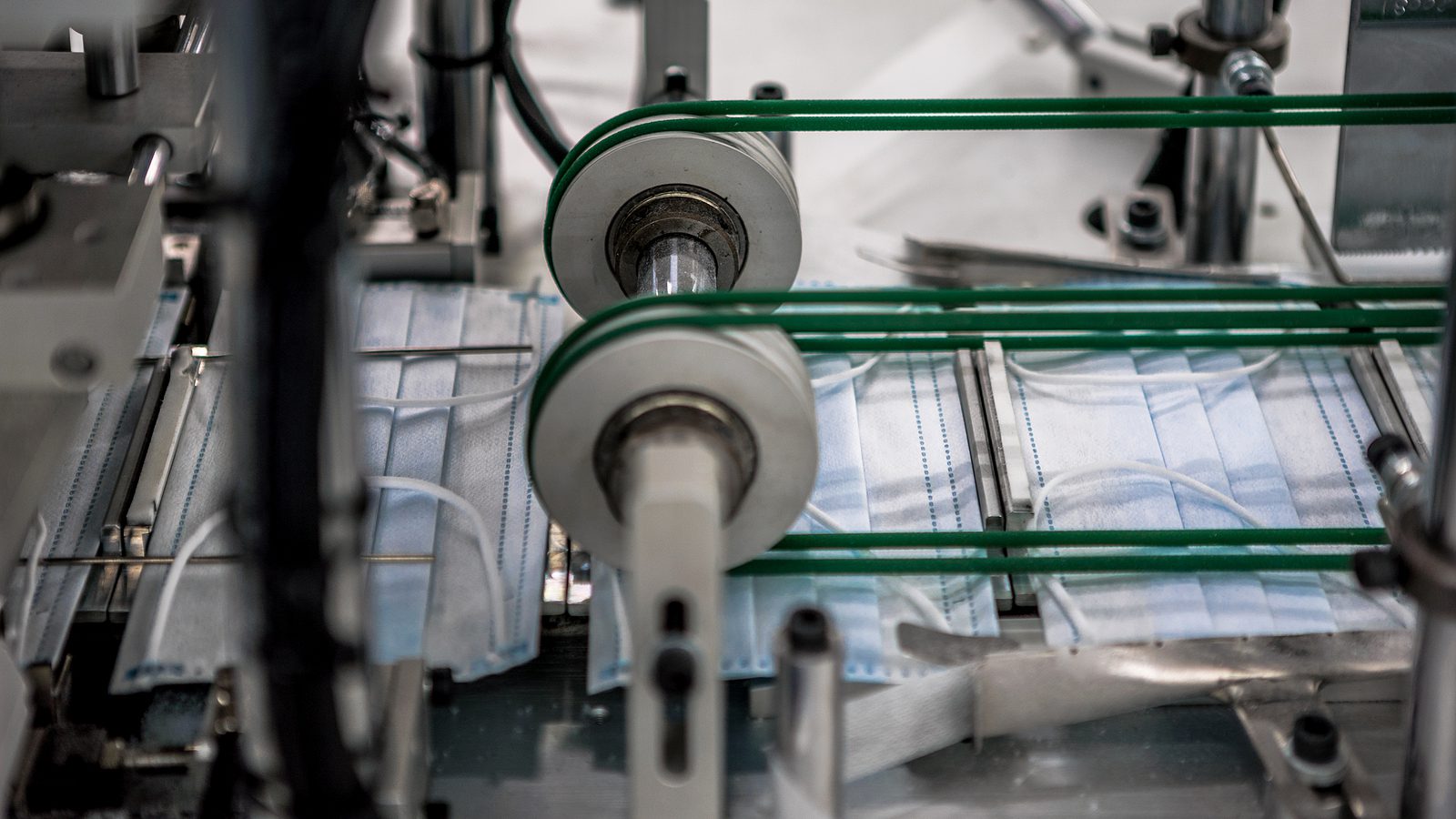By Laser 1 Technologies
Tax Bill Effects on Mfg
For the first time since 1986, Washington passed a tax reform bill. In most cases, the changes dictated by the Tax Cuts And Jobs Act start with the 2018 year, so it won’t be until April of 2019 that we’ll be filing with those changed deductions and rates applying. Of course, we always need to keep tax implications in mind when making financial decisions in both our business and personal lives.
As I read the usual industry publications, I’ve definitely got my eye out for any news or analysis on how the bill will affect the manufacturing industry. Industry Week recently interviewed Jim Brandenburg of Sikich. He’s a specialist in corporate and partnership tax law, mergers and acquisitions, and tax legislation, so he’s actually read the bill–quite an accomplishment. Here’s a quick summary of his observations. You can read the full article here.
First off, it’s a balanced bill in terms of large versus small businesses, not favoring either one at the expense of the other.
A few things were expected to be on the chopping block, but remain unchanged, including the LIFO inventory method used by some manufacturers and the R&D credit.
Otherwise, I’ve summarized the Brandenburg’s observations below.
Deducting capital expenditures:
100% expensing for capital expenditures for equipment purchases is effective back to September 27 2018, but will phase from 100% to 80%, 60%, 40% and 20% after a five-year period.
Depreciation:
Impacted by the above rules, depreciation will be less accelerated, after 2022: useful info for planning capital expenditures for the next five years.
Tax rates:
C corporations will see a cut in tax rates from 35% to 21%. Pass-through businesses will see a cut from roughly 40% down to approximately 30%, giving manufacturers access to additional resources for new equipment, new employees, and business expansion.
Capital expenditure:
Capital expenditure at 100% now applies to used as well as new equipment purchases (retroactive to September 27, 2017).
Pass-through businesses:
They are granted a 20% deduction, whether it’s an S corporation, a partnership, or a small proprietor.
Alternative minimum tax:
The AMT is retained for individuals, but repealed for corporations starting next year.
Family leave credit:
This new tax credit is enacted only for 2018 and 2019, allowing a company with a qualifying family leave program or a sick leave program to get a tax credit for some of those wages (C corporations or pass-through businesses only).
Limit on interest deduction:
The new limit is almost essentially 30% of your EBITDA, which will impact manufacturers with a lot of debt. Previously there was no limit.
C corporations versus S corporations:
Because corporate rates are dropping below individual rates, some companies should investigate whether it’s advantageous to switch from an S corporation to a C corporation.
There are big changes ahead, and I’m grateful to experts like Jim Brandenburg and to my accountant. If you’ve come across any resources, articles or expert opinions about how the new tax code is affecting manufacturing, please share — there’s a lot to explore in this significant topic.




